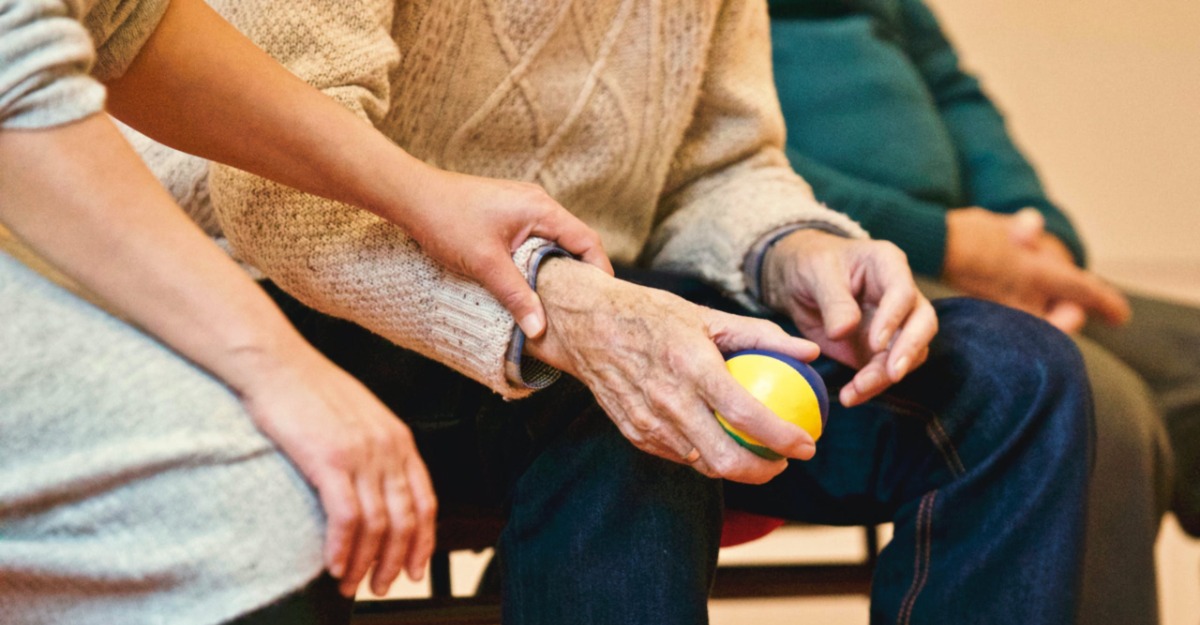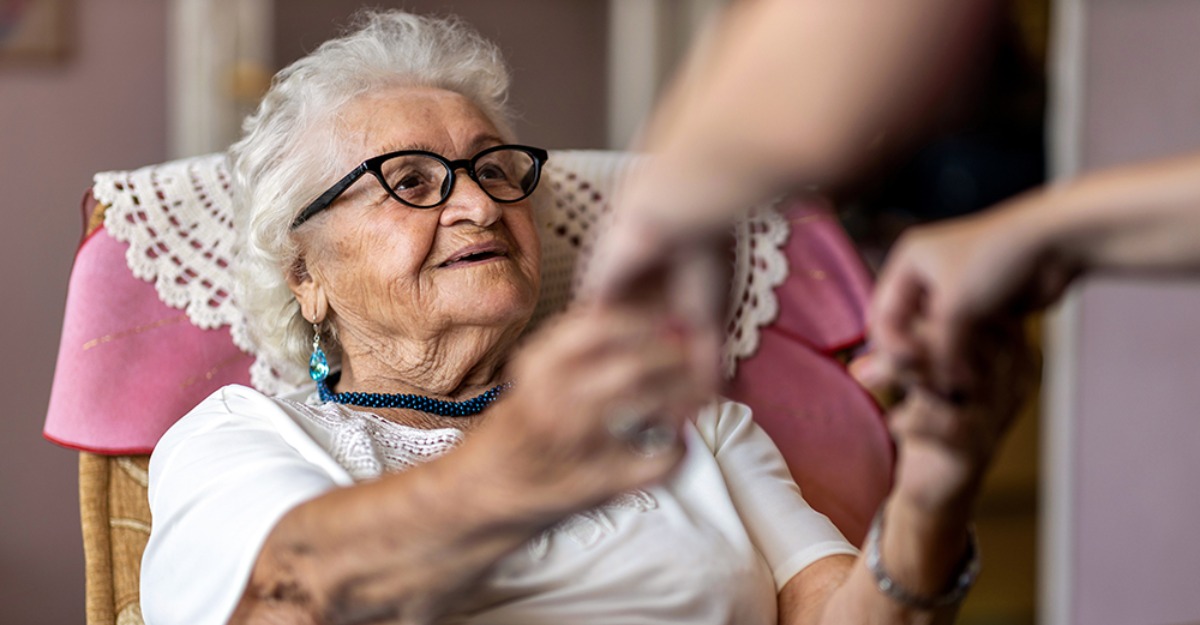We’ve all heard the saying that prevention is better than cure, and when it comes to accidents and injuries, it’s never been truer.
Since becoming a doctor back in 1991, I’ve worked in both casualty and general practice. During this time, I’ve seen many people who have injured themselves, and sought medical treatment for injuries as minor as bruising, or as severe as broken bones, collapsed lungs, and severe bleeding.
Sadly, some of these people have been left with life-changing injuries, and others have been inconvenienced and in pain for several weeks. But there is one thing I’m sure they all share – a wish that it hadn’t happened.
In most cases, the injury was preventable by doing one of the following things mentioned in this article. I’ve drawn this list up based on some of the most common injuries I’ve seen – many of these things are simple and cheap to do, and they might just stop an accident from happening in the first place.

Regularly Reviewing Home Safety
Periodically assess the home for any new potential hazards and adjust as needed. It is important to remember, that even if the environment stays the same, as we age, we may need to rethink or change something we previously thought was safe.
Some things to think about:
Removing Clutter
Keep walkways and rooms free of clutter, especially in hallways and staircases. Most accidents start with a simple fall, we trip over or on something, and can’t stop ourselves from falling.
Installing Grab Bars
Place them in the bathroom next to the toilet and in the shower or bathtub to provide support. This is really important, especially if the floor is tiled and slippery. Every year many elderly people fall in the bathroom after using the toilet or bath, and it’s so easy to spend all night on the floor, wither with an injury, or get colder and potentially hypothermic.
Securing Rugs
Use double-sided tape or non-slip backing so rugs won’t slip. Tape is available at DIY stores or carpet shops – some carpet shops will even come and fit it for you.

Improving Lighting
Ensure that all areas of the home are well-lit to improve visibility. This includes nightlights in hallways and bathrooms. Not being able to see where you’re going leads to unsteadiness and is the cause of many falls every year.
Using Non-Slip Mats
Place non-slip mats in the bathtub and on shower floors. These are a must, especially if the floor is tiled and slippery. These are simple and cheap to fit and make an easy way to prevent fractures and worse.
Repairing Loose Flooring
Fix any uneven or loose floorboards or tiles. It’s so easy to scuff your foot on a raised floorboard, or tile, and then trip forwards, knocking your face and nose on the floor in front of you.
Avoid Wearing Loose Clothing
Choose properly fitting and non-trip clothing to prevent catching on objects. Think especially about loose socks it’s easy to tread on, or garments that reach to the floor, again very easy to tread on and trip over.
Adjusting Furniture Placement
Arrange furniture to create clear pathways. Why make moving around your home like weaving through a slalom course? You want to be able to stand up and have a straight path to the kitchen and toilet.
Installing Handrails
Place handrails on both sides of stairways for extra support. Similar to bathroom rails, but especially on the stairs where it’s so easy to fall, and due to the height, the consequences are so much more serious.
Keep Necessary Items Within Reach & Maintain a Clear Path to Essentials
Avoid the need for stretching or excessive bending by keeping everyday items within arm’s reach. It’s good to stand up regularly to help with muscle strength, but it is equally as important to ensure the essentials that you regularly need are within reach when you need them.
Wear Shoes with Good Traction
Avoid walking in socks or slippers; instead, wear shoes with non-slip soles. This really helps avoid slides and falls.
Use a Shower Chair
Consider a stable shower chair to increase safety while bathing. It’s so easy to fall in the shower, especially if the floor is slippy from shower gel or soap. It’s much safer to be able to sit down in there.
Apply Bright Tape at the Edge of Steps
Use coloured tape to mark the edge of steps for better visibility. In low light it’s very easy to miss a step when descending the stairs, a nasty fall usually follows. Mark the edges of stairs and any step so it can be seen both day and night.
Use Assistive Devices as Needed
Equip appropriate mobility aids like walkers or canes and ensure they are within easy reach. Walking sticks help and provide support if you’re unsteady, they also give you something to lean on if you’re tired.
Some walkers even include chairs you can sit in to take a rest. Most falls in the elderly happen when they are already tired and their muscles are fatigued. Having your own seat with you, which you can use at any time can make a big difference.
Check Medication Side Effects
Be aware of any potential dizziness or balance issues caused by medications. Lots of medicines cause dizziness and make you more likely to fall over. The more medicines you are taking the more likely this is.
It’s important to go and see your GP to have your medicines reviewed periodically, to make sure they are still working, and you still need them.

Maintain Regular Exercise
Engage in activities that enhance strength and balance, like tai chi or gentle yoga. It is really good to help you develop your core (main body) muscles, which help with balance, and if you do start to trip over, these muscles, if strong enough, can save you from falling.
Install a Raised Toilet Seat
This helps to reduce the risk of falls associated with sitting down or standing up from low toilet seats. A bit like the bathroom grab rails, these raised seats help with getting on and off of the toilet.
Keep Floors Dry
Wipe up any spills immediately to prevent slippery surfaces. I know it’s obvious this one, but it’s surprising how often people slip on wet floors. It’s also so easy to prevent.
Final Thoughts
Although much of this list is common sense, it is surprisingly easy to overlook some much-needed safety measures for elderly people. I have always believed that it is best to be over-prepared, and applying some of the ideas above to your or your loved ones’ home can truly make a difference.
Alcester Home Care help to implement these ideas in our client’s homes, taking the most appropriate measures to ensure our clients can continue living independently, and most importantly, safely.
If you or your loved one is considering external in-home care, please speak to one of our friendly team today. We will be able to provide valuable advice regarding whether care is appropriate, and if it is, we will be able to assist you in getting the care that is needed.
